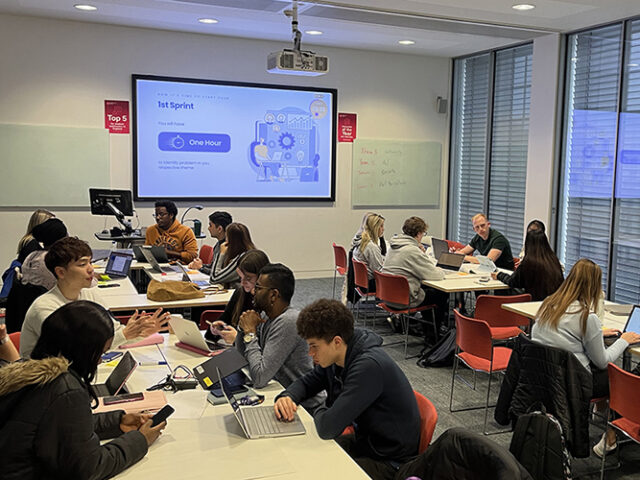Artificial intelligence, specifically transformer models like ChatGPT, have been applied to predict events in people’s lives, according to a study involving DTU, University of Copenhagen, ITU, and Northeastern University in the US.
By analysing vast datasets about individuals, these models can organise information and forecast personal life events, including estimating one’s time of death.
A recent publication in Nature Computational Science, titled ‘Using sequences of life-events to predict human lives’, outlines a study where researchers examined health and employment data of six million Danes. The study utilised a model named life2vec, which, after its initial training phase, demonstrated superior performance over other advanced neural networks in predicting aspects such as personality and time of death.
Sune Lehmann, a professor at DTU and the first author of the article, elaborated: “We used the model to address the fundamental question: to what extent can we predict events in your future based on conditions and events in your past? Scientifically, what is exciting for us is not so much the prediction itself, but the aspects of data that enable the model to provide such precise answers.”
Life2vec’s predictions include estimations like ‘death within four years’. When evaluated, the model’s results align with existing social science research. For instance, individuals in leadership roles or with high incomes generally have better survival rates, while men, skilled workers, or those with mental diagnoses face higher mortality risks. Life2vec employs a vast system of vectors, a mathematical structure, to categorise various data, including birth, education, income, housing, and health.
Lehmann further commented: “What’s exciting is to consider human life as a long sequence of events, similar to how a sentence in a language consists of a series of words. This is usually the type of task for which transformer models in AI are used, but in our experiments, we use them to analyse what we call life sequences, i.e., events that have happened in human life.”
However, the life2vec model raises significant ethical concerns regarding data protection, privacy, and biases. These issues require comprehensive understanding before the model’s practical applications, such as disease risk assessment or other preventable life events, can be realised.
Lehmann noted the broader implications: “The model opens up important positive and negative perspectives to discuss and address politically. Similar technologies for predicting life events and human behaviour are already used today inside tech companies that, for example, track our behaviour on social networks, profile us extremely accurately, and use these profiles to predict our behaviour and influence us. This discussion needs to be part of the democratic conversation so that we consider where technology is taking us and whether this is a development we want.”
The researchers aim to expand the model by incorporating diverse data types, including text and images, and information about social connections. This integration heralds a new synergy between social and health sciences.




